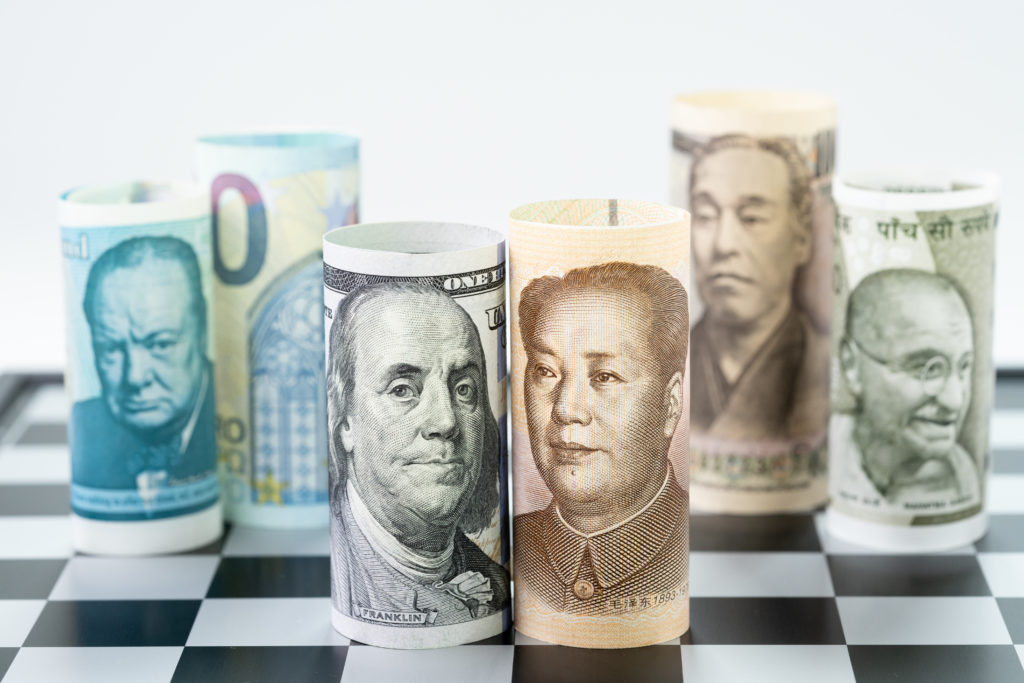Is There Trouble on the Horizon?
Over a year after the start of the global Covid-19 pandemic, the United States and China continue their competitive sparring for the spot of Earth’s largest economy. Much has already been said about China’s incredible economic rebound in the final quarter of 2020. This aim of this month’s blog is to provide a brief review of the industries in China’s economy that are leading the nation’s economic success. At the same time, there are signs of a coming slow-down in China which will be briefly addressed.
Let’s begin the review by recognizing that China had a very strong first quarter in 2021; GDP rose versus same quarter a year ago by 18.3%. Adjusting for the 2020 economic impact of the corona virus on China’s economy, this still means that China’s 1st quarter 2021 GDP is more than 12 percent ahead of the same quarter in 2019. For another comparison point, consider that China’s average quarterly growth rate between 1989 and 2019 was 9.4 percent. 12 percent quarterly growth is a big deal.
China’s economic growth has historically come from three key areas:
- Increasing affluence and market demands, especially among younger, urban consumers
- A consistently positive balance of trade (although China has had to face increasing resistance to this over the last few years)
- Government infrastructure investment
A review of the leading Chinese industries, ranked by estimated percentage growth for 2021, reveals what will be required to continue growth. Similar requirements will have to be achieved throughout China’s economy if growth at the Q1, 2021 level is to continue.
|
Rank
|
Industry
|
Industry Revenue (Billions)
|
Percent Growth
|
Factors that Drive Future Growth
|
|
1
|
Passenger Rail Transport
|
$30.9
|
55.3%
|
|
|
2
|
Internet Services
|
$803
|
18.5%
|
|
|
3
|
E-Commerce
|
$1,800
|
18.5%
|
|
|
4
|
Medical Device
|
$26.1
|
18.1%
|
|
|
5
|
Toll Road Operations
|
$73.9
|
17.7%
|
|
Despite all of the good news, however, there are signs that China’s economy is beginning to slow. Several important KPIs (key performance indicators) follow:
Examples:
Consumer Price Index: CPI rose to .9% in April, 2021 versus .4% in March. Typically, rapid economic expansion can lead to price inflation, which, in the long run, can lead to an economic contraction if the decline in consumer demand results in higher unemployment.
Producer Price Index: PPI in April, 2021 was 6.8 percent versus 4.4 percent. Often, an increase in PPI is a precursor to increases in CPI, as wholesalers raise prices to cover manufacturer price increases.
Balance of Trade: Chinese imports increased by 43.1 percent in April 2021, versus the same period in 2020, and increased 13 percent over March, 2021 import values. Obviously, increases in China’s imports. Represent GDP leakage out of the nation’s economy as well as having a significant impact on Chinese manufacturers. A continuation of this trend could ultimately lead to a reduction in the size of the labor force.
The sources for our research are always listed below. Obviously, data errors will lead to inaccurate summarizing. Before you make decisions, we suggest doing your own due diligence.
Word4Asia occupies a unique niche in the world of consulting to organizations with their eye on China. We continually keep ‘an eye’ on what is happening in this vital global economy and share our expertise with our clients. If your plans include work in mainland China, we hope you’ll reach out to us. We’d enjoy an opportunity to share our over twenty years of active involvement in this fascinating market and country and we’d love to be of service. To start a conversation, please reach out to Dr. Gene Wood at gene@word4asia.com
All the best!
References:
https://fortune.com/2021/04/16/china-gdp-economy-2021-q1-recovery-losing-steam/
https://www.ibisworld.com/china/industry-trends/fastest-growing-industries/





